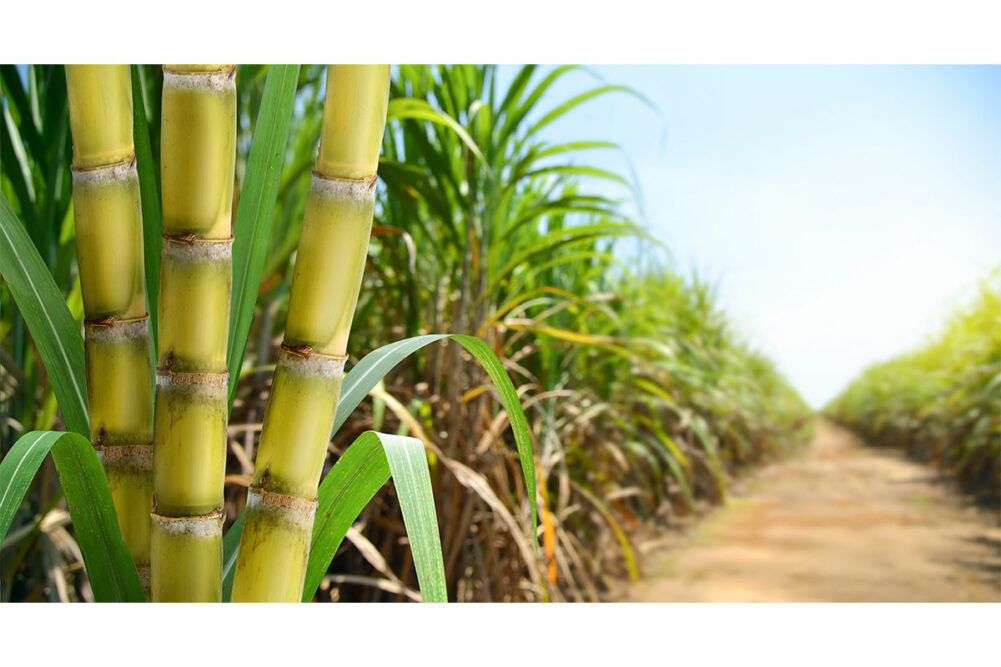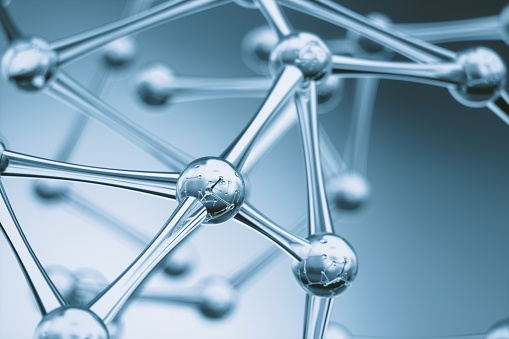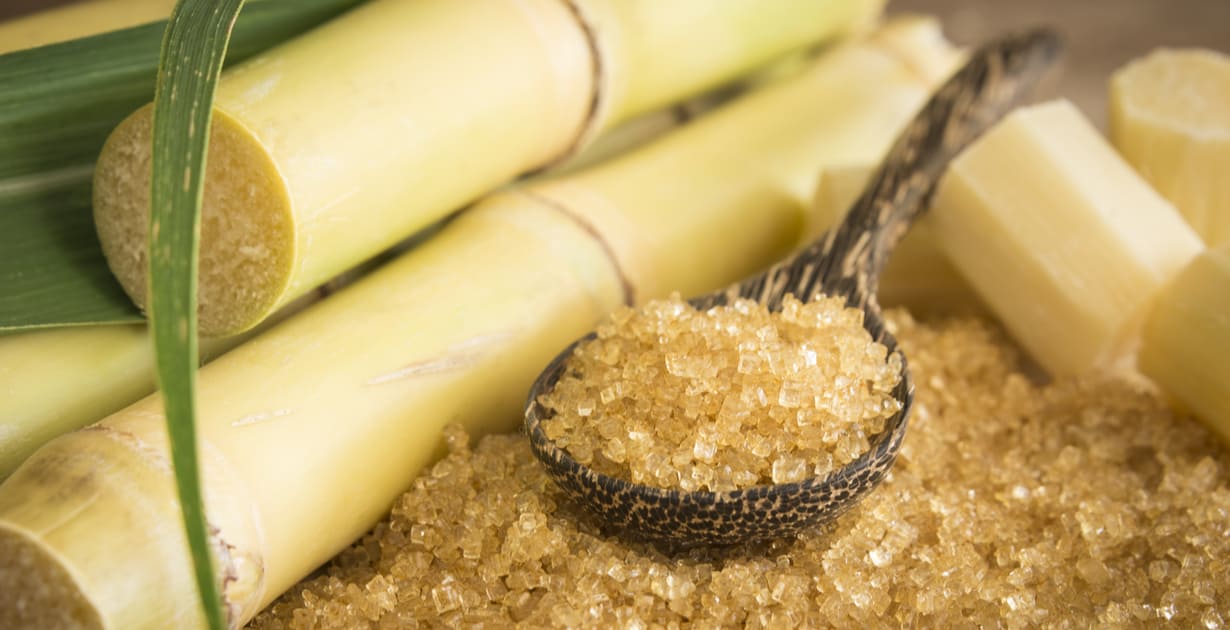Sugar and Cane: A Sweet Pairing in Health-Conscious Recipes
Wiki Article
Why Walking Cane Sugar Processing Chemicals Are Important for Modern Sugar Refining
The role of walking cane sugar processing chemicals in contemporary sugar refining can not be overemphasized, as they are integral to boosting both the efficiency of removal and the general quality of the end product. Representatives such as phosphoric acid and specific flocculants are used to eliminate pollutants, leading to sugar that not just meets consumer expectations however additionally sticks to market requirements. The effects of these chemicals expand past top quality, touching upon market dynamics and environmental considerations. sugar and cane. This increases crucial questions regarding the sustainability of such practices and their influence on the future of sugar manufacturing.Duty of Processing Chemicals
The efficacy of cane sugar handling pivots dramatically on the strategic application of handling chemicals. These chemicals play a critical function in boosting the performance and high quality of sugar extraction and refining. From the preliminary stages of juice extraction to the last filtration steps, handling chemicals promote different vital operations.In the removal stage, chemicals such as phosphoric acid and calcium hydroxide are employed to maximize the information process, aiding to remove impurities and put on hold solids from the walking stick juice. This not only improves the return however also makes certain the clarity of the final item. Furthermore, representatives like flocculants aid in the fast settling of pollutants, thereby enhancing the overall procedure.
Triggered carbon and ion exchange materials offer to get rid of shade and odor, ensuring that the refined sugar fulfills customer top quality criteria. Hence, the precise choice and application of these chemicals are essential for achieving optimal end results in walking cane sugar processing.
Key Sorts Of Chemicals
Walking cane sugar handling counts on a variety of essential chemicals that facilitate each stage of production. These chemicals play necessary duties in making clear, whitening, and detoxifying the sugar removed from walking cane.One key category of chemicals consists of flocculants, such as polyacrylamide, which help in the explanation procedure by advertising the gathering and settling of impurities. Additionally, calcium hydroxide is frequently employed to neutralize acidity and aid in the elimination of non-sugar elements.
Whitening agents, such as activated carbon and sulfur dioxide, are utilized to decolorize the syrup, leading to a clearer final item. These chemicals help get rid of color compounds that might influence the sugar's look and marketability.
In addition, phosphoric acid offers as a pH regulatory authority during the handling phases, ensuring optimum problems for the enzymatic tasks associated with sugar extraction and filtration.
Various other crucial agents consist of edta (ethylenediaminetetraacetic acid), which chelates metal ions that could militarize unfavorable reactions, and salt hydroxide, which assists in pH control throughout the refining process. Jointly, these chemicals improve efficiency and make certain a top notch walking cane sugar product.
Advantages for Sugar High Quality
Frequently forgotten, the usage of particular handling chemicals substantially boosts the general quality of cane sugar. These chemicals play an essential role in refining processes, making certain that the last product satisfies stringent market criteria for pureness and preference.
Furthermore, refining chemicals help in attaining a regular granulation and structure, which are essential for customer acceptance. By regulating the formation process, these chemicals guarantee that the sugar crystals create consistently, causing a much more enticing item that dissolves well in different applications.
Furthermore, making use of these chemicals can enhance the life span of cane sugar by minimizing moisture absorption and microbial growth. In general, the strategic application of handling chemicals is vital for supplying high-quality walking stick sugar that fulfills customer expectations and sector needs.
Environmental Effect Considerations

Moreover, the energy-intensive nature of sugar refining, worsened by chemical usage, frequently results in increased carbon exhausts. This contributes to climate adjustment and elevates issues regarding the sustainability of existing refining practices. Furthermore, the sourcing of these chemicals might include practices that endanger biodiversity, such as monoculture farming, which minimizes the resilience of farming ecosystems.

To minimize these impacts, sugar refiners are progressively checking out sustainable options and embracing best practices that reduce chemical usage. Executing extensive ecological administration systems can assist make certain that the refining process straightens with environmental standards and advertises biodiversity. Inevitably, a well balanced strategy that focuses on both sugar high quality and environmental stewardship is important for the lasting stability of the sugar industry.
Future Fads in Refining
As the sugar sector comes to grips with the ecological challenges connected with standard refining techniques, ingenious strategies are emerging to boost both performance and sustainability. One considerable trend is the fostering of environment-friendly chemistry concepts, which focus on the use of safe, naturally degradable handling chemicals. This change not only decreases environmental effect however also addresses customer need for cleaner manufacturing approaches.Another encouraging development is the application of sophisticated purification technologies, such as membrane splitting up and adsorption procedures. These methods boost the clearness and high quality of the sugar while decreasing the quantity of wastewater generated throughout refining. Furthermore, the combination of digital modern technologies, including IoT and AI, is transforming functional performance by making it possible for real-time tracking and predictive maintenance, therefore reducing source waste.
Furthermore, making use of by-products from sugar refining, such as bagasse and molasses, is obtaining grip. These products can be exchanged biofuels or value-added products, contributing to a round economic climate within the market. Jointly, these trends signify a change in the direction of even more sustainable techniques that not only enhance operational effectiveness yet likewise straighten with global sustainability goals, guaranteeing the future feasibility of sugar refining.
Final Thought
Walking cane sugar processing chemicals are important in modern sugar refining, significantly improving the efficiency and top quality of sugar removal. The tactical use these chemicals not only improves the purity and flavor of read the full info here the last item however additionally ensures constant condensation and texture. As the sector progressively focuses on sustainability, her response the fostering of environmentally-friendly handling representatives is likely to form future patterns in refining, eventually leading to greater top quality items and expanded shelf life for customers.
Eventually, a well balanced approach that focuses on both sugar top quality and environmental stewardship is necessary for the lasting viability of the sugar market.
Cane sugar handling chemicals are essential in modern sugar refining, substantially boosting the performance and quality of sugar removal.
Report this wiki page